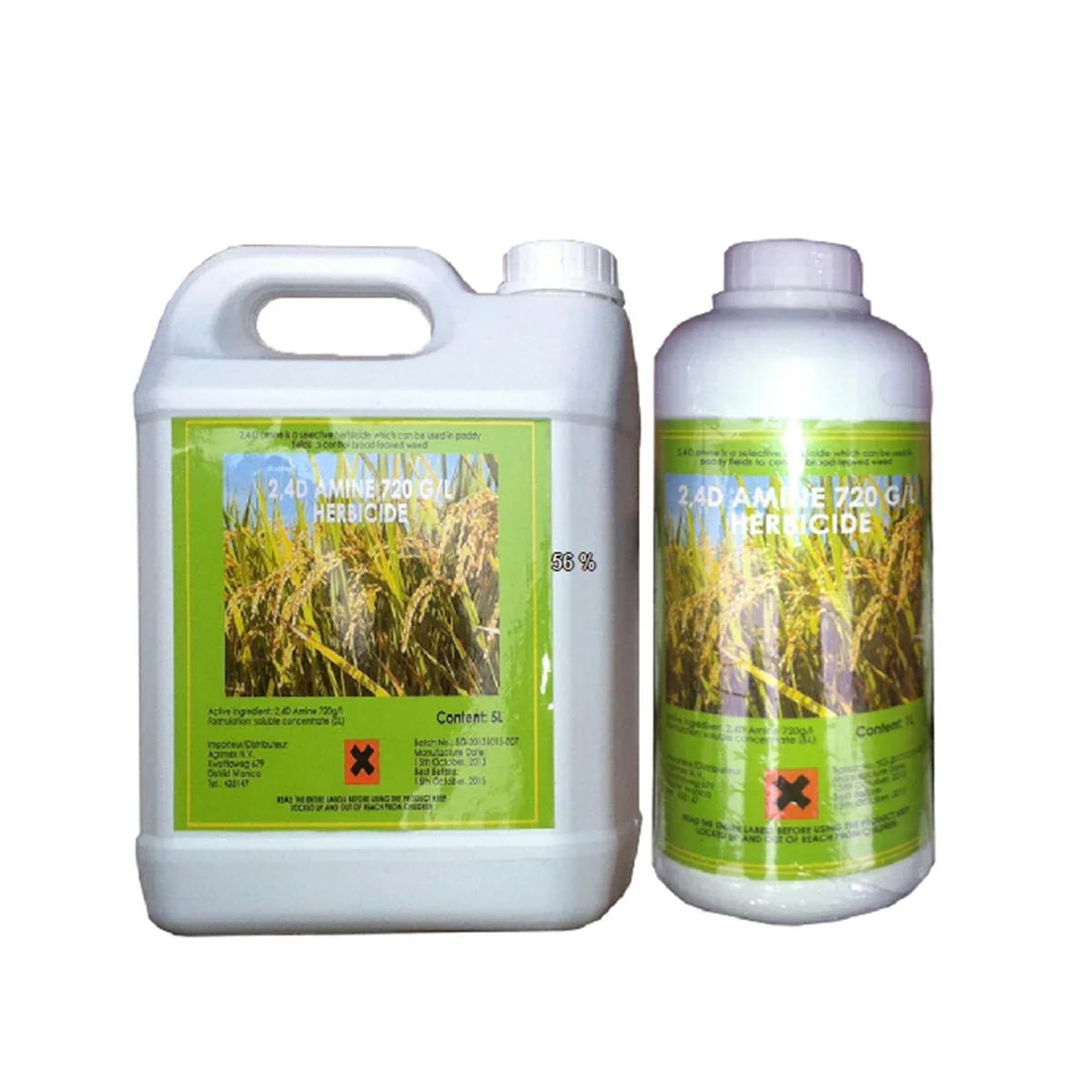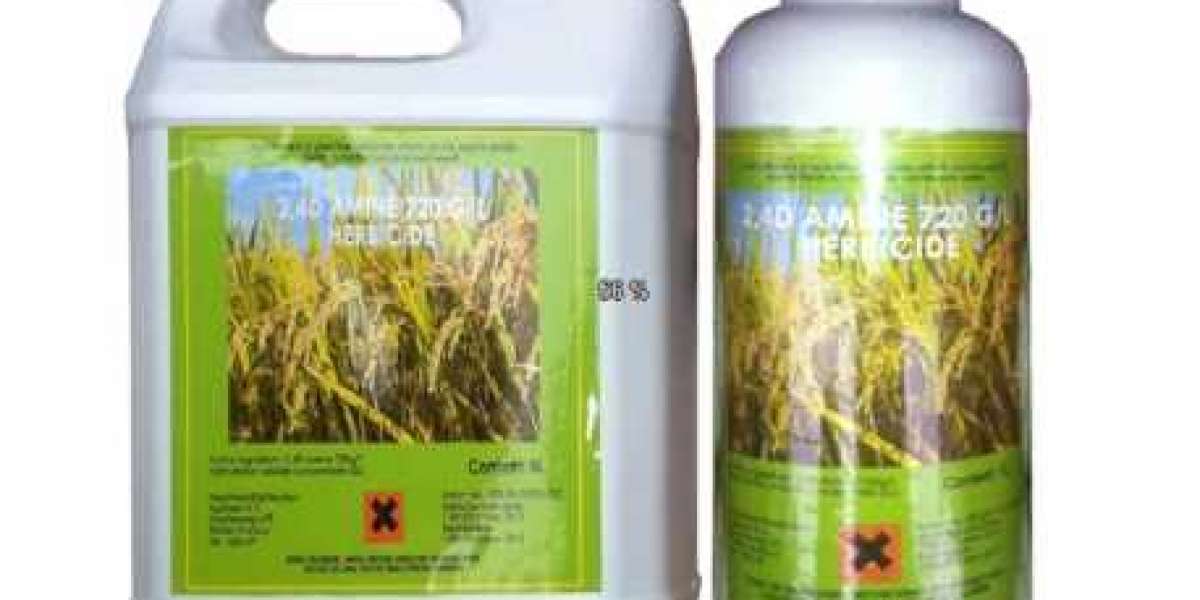Herbicides are valuable tools for weed control in agriculture, landscaping, and gardening. When used properly, herbicides can help maintain healthy and productive crops, gardens, and landscapes. However, it is essential to use herbicides safely and effectively to minimize any potential risks to human health and the environment. In this article, we will discuss important guidelines and best practices for the safe and effective use of herbicides.
Understanding Herbicides
Herbicides are chemical substances designed to control or eliminate unwanted plants, commonly known as weeds. They work by targeting specific biochemical processes in plants, disrupting their growth and development. Herbicides are available in various formulations, including liquid concentrates, granules, and ready-to-use sprays. It is crucial to choose the appropriate herbicide for the target weed and follow the instructions provided by the manufacturer.

Read and Understand the Label
Before using any herbicide, carefully read and understand the label instructions. The label provides important information on the proper use, application rates, safety precautions, and any specific handling or storage requirements. Pay close attention to the target weeds, recommended application timing, and any restrictions or precautions related to the area of use.
Select the Right Herbicide
Different herbicides are formulated to target specific types of weeds or vegetation. Selecting the appropriate herbicide for the target weed is essential for effective control. Consider factors such as the type of weed, growth stage, and the desired level of control. If unsure about the best herbicide for your situation, consult with a local agricultural extension service or a professional in the field.
Calibrate Equipment
To ensure accurate and effective application, it is crucial to calibrate your spraying equipment. Calibration involves adjusting the application rate to deliver the desired amount of herbicide per unit area. Follow the manufacturer's recommendations for calibration or seek guidance from experts to determine the appropriate settings for your equipment.

Apply Herbicides Correctly
Proper application techniques are vital to achieve effective weed control while minimizing the risk of drift or off-target damage. Consider the following guidelines when applying herbicides:
a. Timing: Apply herbicides when weeds are actively growing and at susceptible growth stages. Some herbicides are most effective on young, actively growing weeds, while others are better suited for mature weeds. Applying herbicides during unfavorable weather conditions, such as high temperatures or drought, may reduce their effectiveness.
b. Correct Mixing: Follow the recommended mixing instructions on the herbicide label. Use clean, calibrated measuring equipment and mix the herbicide thoroughly in the spray tank to ensure uniform distribution.
c. Spray Technique: Use a suitable nozzle and spray pressure to achieve the desired droplet size and coverage. Pay attention to wind speed and direction to avoid drift. Aim for thorough coverage of the target vegetation while minimizing spray contact with non-target plants or surfaces.
d. Safety Precautions: Wear appropriate personal protective equipment (PPE) as recommended on the label. This may include protective clothing, gloves, goggles, and respiratory protection. Avoid contact with the herbicide and keep children and pets away from the treated area until it is safe.
Follow Environmental Guidelines
To protect the environment and non-target organisms, it is important to follow environmental guidelines when using herbicides:
a. Buffer Zones: Maintain appropriate buffer zones between treated areas and sensitive areas, such as water bodies, gardens, or habitats for wildlife. This helps prevent herbicide runoff and reduces the risk of contamination.
b. Water Protection: Avoid spraying herbicides near water bodies or during unfavorable weather conditions that may lead to runoff. Use herbicides labeled as safe for aquatic environments when treating weeds near water.
c. Disposal: Dispose of any unused herbicide or empty containers according to local regulations. Never pour herbicides down drains, sewers, or storm drains.
Monitor and Evaluate Results:
After applying herbicides, monitor the treated area to evaluate the effectiveness of weed control. If necessary, follow up with additional treatments or alternative weed control methods. Regular monitoring allows for timely intervention and adjustments to ensure effective and sustainable weed management.

Conclusion
Herbicides can be powerful tools for weed control when used safely and effectively. By following label instructions, selecting the right herbicide, calibrating equipment, applying herbicides correctly, and following environmental guidelines, you can achieve excellent weed control while minimizing potential risks to human health and the environment. Remember, responsible herbicide use is essential for maintaining healthy crops, gardens, and landscapes while preserving the natural balance of our ecosystems.








